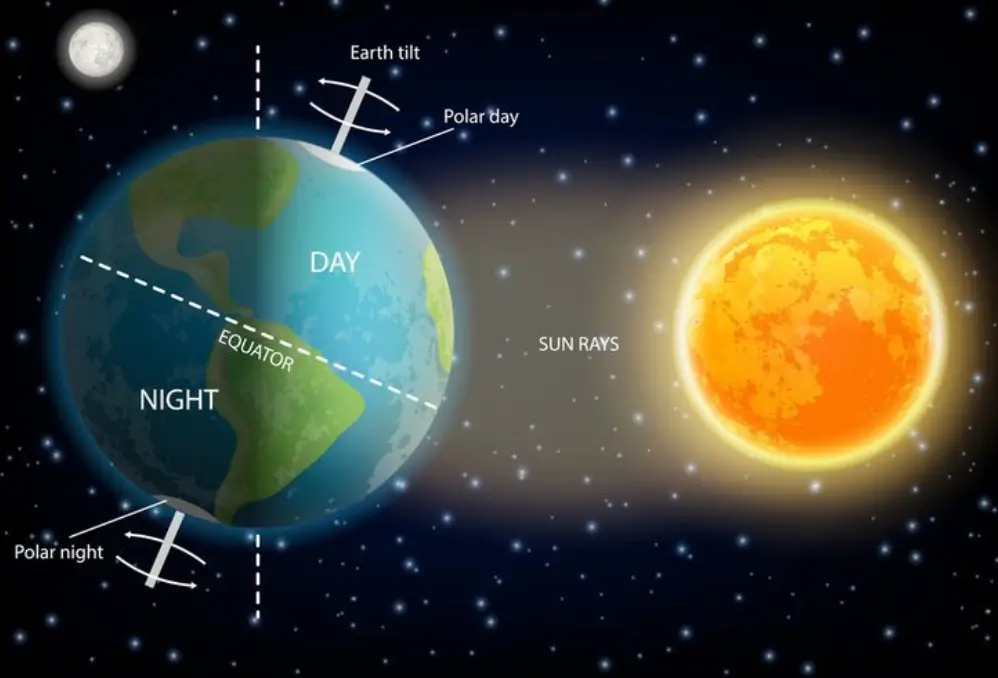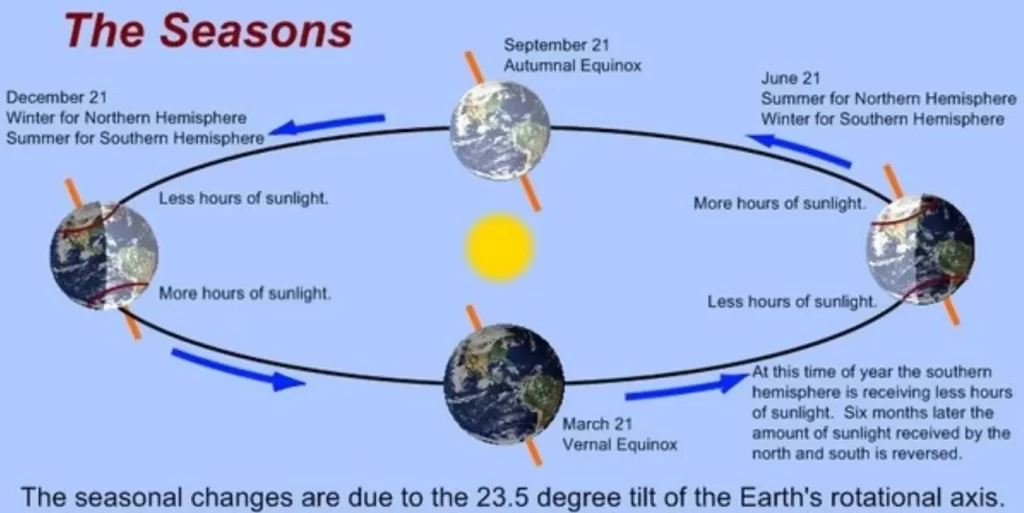The phenomenon of day and night is one of the most fundamental and observable occurrences on Earth. From the breaking dawn to the fading twilight, the transition between day and night shapes our daily lives and the rhythm of the natural world. But why does this happen? What are the underlying physics principles that govern the cycle of day and night? Let’s delve into the intricate workings of our planet and the cosmos to unravel this phenomenon.
Rotation of the Earth: The Primary Driver

At the heart of the day-night cycle lies the rotation of the Earth on its axis. The Earth completes one full rotation about its axis approximately every 24 hours, resulting in the cycle of day and night. This rotation is the primary driver of the apparent motion of the Sun across the sky.
Imagine standing on the Earth’s surface, observing the sky above. As the Earth rotates, different parts of its surface are exposed to sunlight at different times. When a particular region faces towards the Sun, it experiences daylight, while the opposite side is shrouded in darkness, experiencing night.
The Role of Sunlight
Sunlight is the primary source of illumination for our planet. It emanates from the Sun, a massive star situated at the centre of our solar system. The Sun emits light across a broad spectrum of wavelengths, with visible light being just a small portion of this spectrum.
As the Earth orbits the Sun, its axis remains tilted relative to its orbital plane. This tilt, approximately 23.5 degrees relative to the plane of its orbit (ecliptic plane), plays a crucial role in determining the duration and intensity of daylight at different latitudes throughout the year.
Seasonal Variations

The tilt of the Earth’s axis results in seasonal variations in the length and intensity of daylight experienced at different latitudes. During the summer solstice, the hemisphere tilted towards the Sun experiences its longest day and shortest night of the year, while the opposite hemisphere experiences the shortest day and longest night. Conversely, during the winter solstice, the situation is reversed.
At the equator, where the axis of rotation is perpendicular to the direction of sunlight, the length of day and night remains relatively constant throughout the year. However, as one moves towards the poles, the difference in daylight hours between summer and winter becomes more pronounced.
The Concept of Solar Noon
Solar noon is the moment when the Sun reaches its highest point in the sky for a given location. It marks the midpoint between sunrise and sunset. Interestingly, solar noon does not necessarily coincide with 12:00 PM on our clocks due to factors such as the equation of time, which accounts for the eccentricity of the Earth’s orbit and its axial tilt.
Twilight: Dawn and Dusk
Twilight is the period before sunrise and after sunset when the Sun is below the horizon but still illuminates the sky. This occurs due to the scattering of sunlight by the Earth’s atmosphere, which causes the sky to remain bright even when the Sun is not visible.
There are three distinct phases of twilight:
Civil Twilight: This occurs when the Sun is just below the horizon, and there is enough light for most outdoor activities to be conducted without artificial illumination.
Nautical Twilight: During nautical twilight, the horizon is still visible at sea, and navigation by the stars becomes increasingly difficult.
Astronomical Twilight: The darkest phase of twilight, when even the faintest stars become visible to the naked eye.
Conclusion :
In conclusion, the cycle of day and night on Earth is a result of the planet’s rotation on its axis and its orbit around the Sun. This rotation exposes different parts of the Earth’s surface to sunlight at different times, creating the alternating periods of day and night. Understanding the physics behind this phenomenon not only deepens our appreciation of the natural world but also enables us to predict and interpret various celestial events with precision. From the ancient civilisations that worshipped the Sun to the modern era of scientific inquiry, the cycle of day and night continues to captivate and inspire humanity across the ages.




